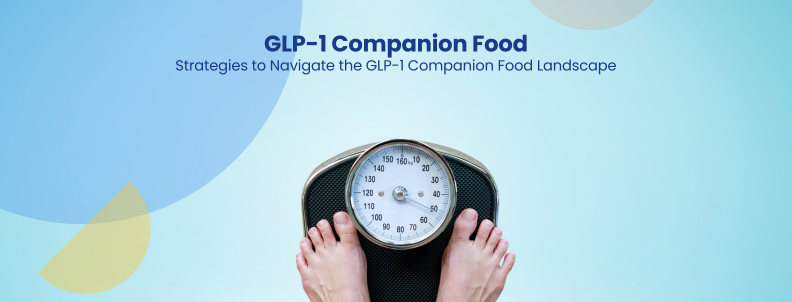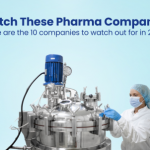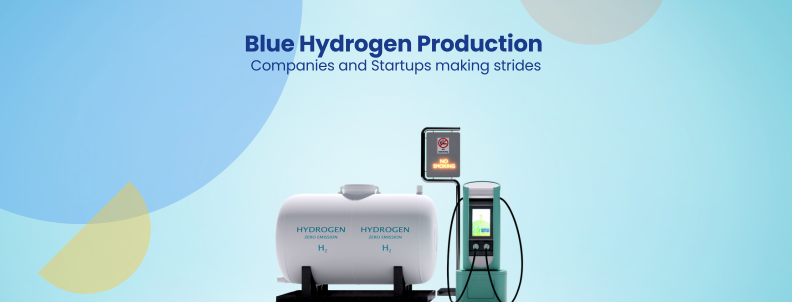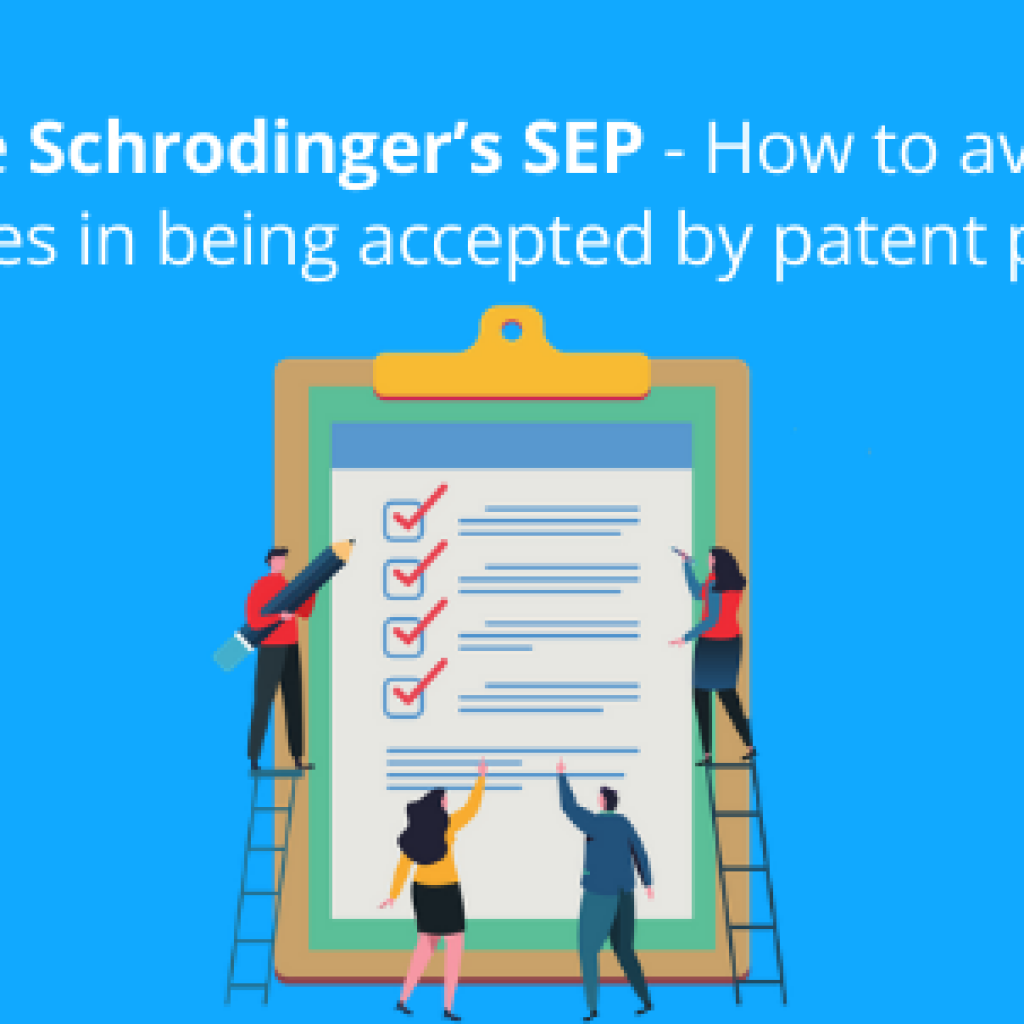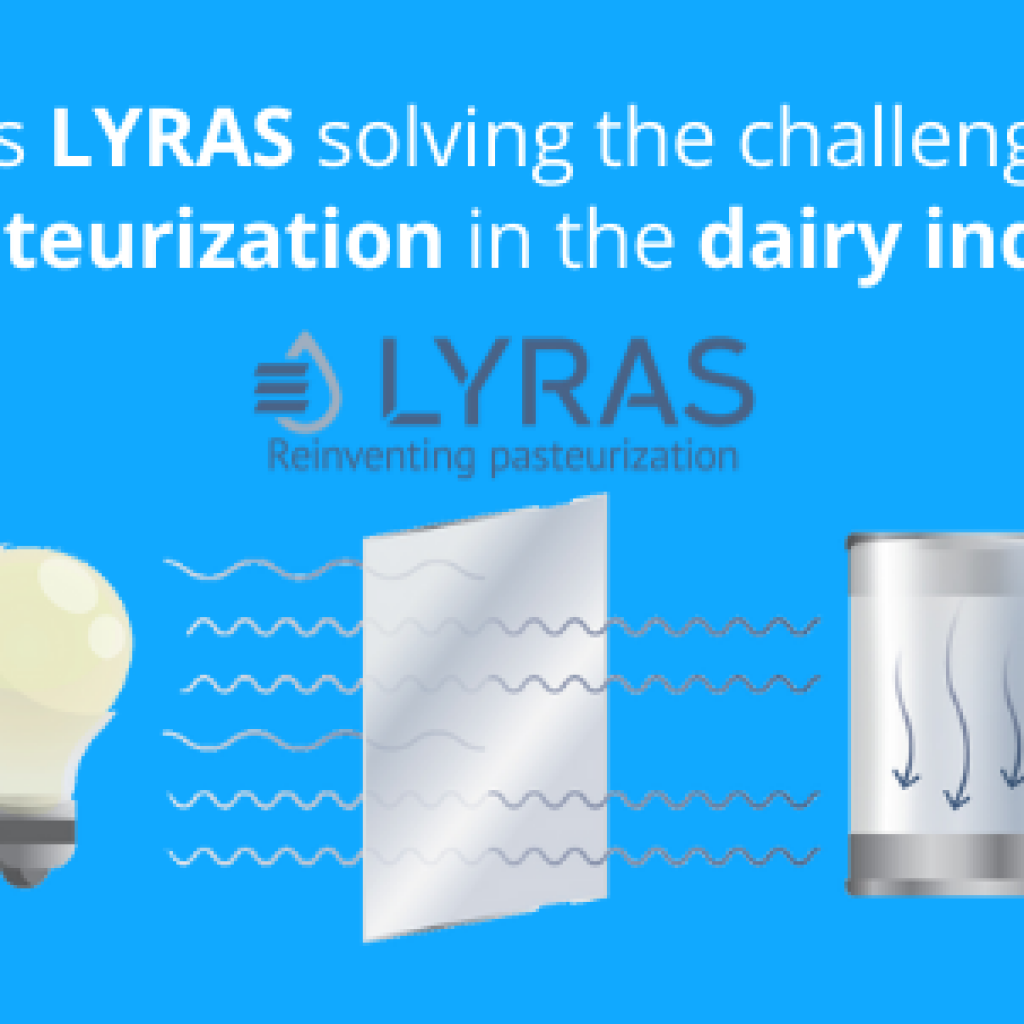The rising use of GLP-1 receptor agonists like Ozempic and Wegovy isn’t just a medical trend; it’s also changing the landscape of the food and beverage industry.
According to a 2024 survey by Morgan Stanley Research, 59% of individuals on anti-obesity medication are drinking more tap or still water, 66% are consuming less soda and alcohol, and 38% are increasing their intake of protein beverages. Additionally, 93% of these users have reduced their portion sizes, indicating a significant shift in consumer diet trends.

These shifts in consumption patterns are forcing the food and beverage industry to adapt rapidly. Companies are prioritizing small, high-protein meals and more hydrating products to meet consumers’ evolving needs and align with the effects of GLP-1 medications.
Explore the recent innovations in the food and beverage industry! Learn about leading startups, recent developments, and upcoming trends. Get your hands on our State of Food & Beverage 2024 Report to uncover the latest trends shaping the future of the F&B industry.
Fill out the form below and request your copy today!
This article explores strategies companies are adopting to target this evolving consumer base and capitalize on the GLP-1 companion food market.
Launch of new product lines
Nestlé launched the “Vital Pursuit” line of food intended to be GLP-1 companion food.
In May 2024, Nestlé launched “Vital Pursuit,” a range of foods designed to complement GLP-1 weight loss medications. The products include frozen meals such as whole grain or protein pasta bowls, sandwich melts, and pizzas, each priced at $4.99.
These portion-controlled meals are packed with essential nutrients like protein, vitamin A, potassium, calcium, and iron to compensate for the reduced food intake caused by the medication.
“Over the past several years, we have been expanding choices across our meals portfolio to address consumer eating habits, and as the market evolves, we’ll continue to expand Vital Pursuit with more product formats for our consumers.”
– Tom Moe, President, Nestlé USA Meals Division
Other companies, including Conagra, Daily Harvest, and General Mills, are also entering this segment, either launching or planning to launch similar products.
Using existing ingredients to explore the effect on GLP-1
Arla is testing whey-based ingredients for Insulinotropic and glucagonotropic effects
Among dairy companies, Arla Foods has been filing patents on whey and different whey-based ingredients for diabetes and weight management via GLP-1. Collaborating with universities in Denmark and the UK, they tested whey protein hydrolysates, beta-lactoglobulin, and other whey-based ingredients targeting GLP-1 levels.
Currently, Arla is selling its ingredients as food for special medical purposes for diabetes patients. However, its patent mentions – “glucagon has been shown to increase energy expenditure, and therefore we believe that BLG (beta-lactoglobulin) may have positive effects in weight management.”
This indicates that Arla can also venture into weight management using its whey-based ingredients.
Converting non-food ingredients into GLP-1 companion ingredients
Nagase Viita transforms cosmetic ingredients into food ingredients for GLP-1
Japanese company Nagase Viita Co., Ltd. (formerly Hayashibara Co) has innovated using glycosyl naringenin, terpenes, and terpenoids to promote GLP-1 secretion.
Currently, Nagase Viita offers the glycoside form (Glucosyl Naringin) as a cosmetic ingredient for anti-aging purposes. They have also developed a technology to extract it from citrus fruits.
Given its presence in the food ingredient sector, the company might also explore opportunities in the GLP-1 market with these innovative ingredients.
Repositioning existing SKUs as GLP-1 companion products
Beyond new product launches, companies are also repositioning existing products to target GLP-1 users.
The vitamin and dietary supplement chain GNC faced long-standing challenges. In 2024, it repositioned its product line to cater to people taking GLP-1 drugs for weight loss, hoping to attract customers and grow its business.
In its 2,300 U.S. stores, GNC has dedicated sections for vitamins, protein shakes, and supplements tailored to GLP-1 medication users. They also train employees on common GLP-1 side effects and appropriate products.
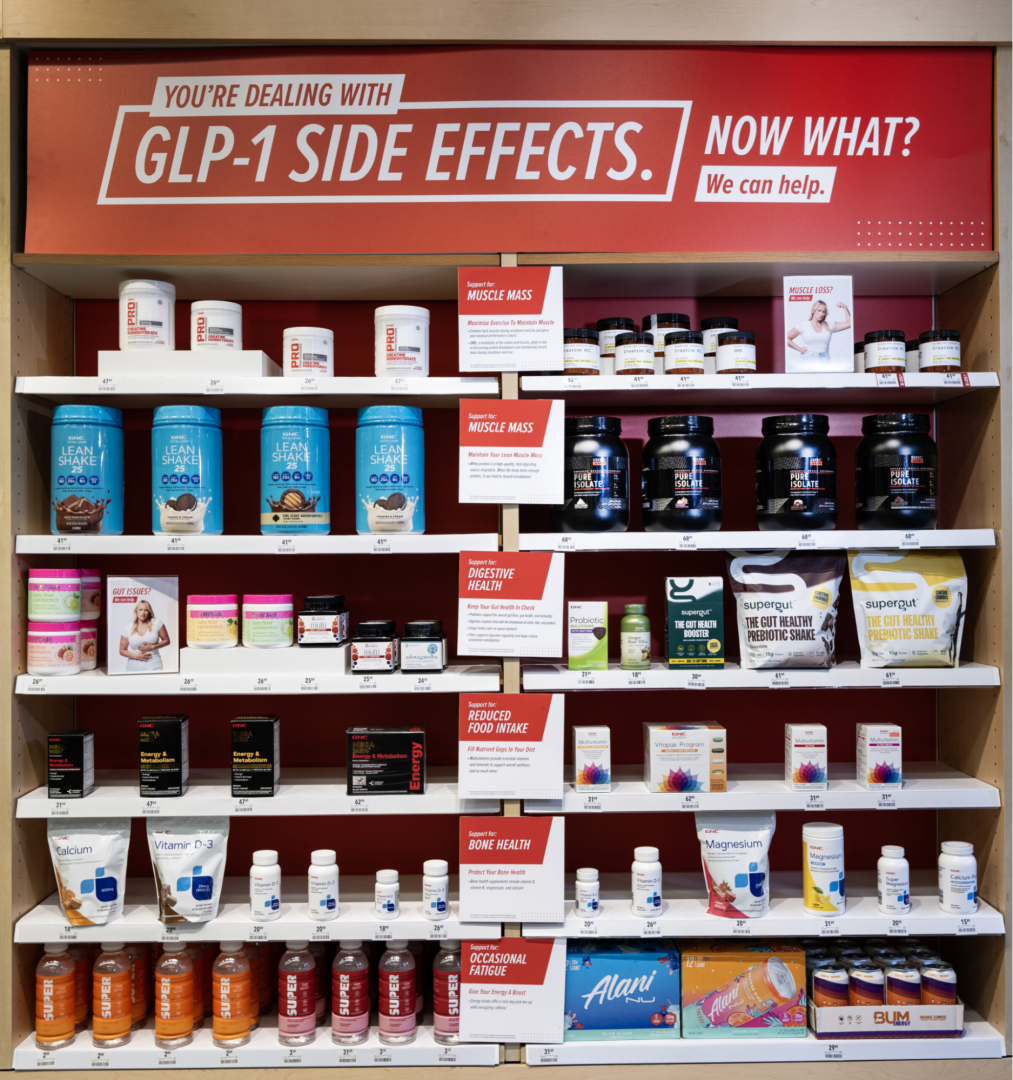
Other companies like Nestle are also betting on their existing product lines to target GLP-1 users.
Meeting the vitamin and gut health needs of GLP-1 patients is also a consideration. Credible brands like Pure, Solgar, Garden of Life, and Nature’s Bounty give us a strong shelf presence. They deliver both vitamins to mitigate any gaps from reduced food intake, and fiber, probiotics, and prebiotics that help with potential gastric discomfort and constipation side effects. And importantly, these brands have also helped us build a credible relationship with healthcare professionals, key partners in solving these challenges for GLP-1 patients.
Mark Schneider, Nestle CEO
Future Outlook
Companies are adopting diverse strategies, from launching new product lines to utilizing existing ingredients and repositioning current products to cater to the growing GLP-1 companion food market.
As this market continues to evolve, companies that can effectively align their product offerings with the unique needs of GLP-1 users are likely to thrive. A deeper research can help F&B companies capitalize on this emerging opportunity, contributing to better health outcomes and securing a substantial market presence.
Talk to our experts and get a detailed landscape study tailored to your needs!
Authored By – Harleen and Wageesh, Patent Analytics
Edited By – Ridhima, Market Research
Also Read: 5 Healthy Food & Beverage Trends to Foresee in 2024

